Eventually, as you take more photographs, your work will begin to form something more significant. Just as individual trees come together and create a forest, your images at some point will become a body of work–a broader, fuller representation of your artistic vision. I like to see each photograph that I add to my portfolio as an additional piece of a puzzle, which will expand and become more complex as time goes on.
Each image that you add to your portfolio will contribute to your body of work. I personally–as well as most people–love to see a great variety in a collection of images, instead of the same techniques, themes, colors, or subjects repeated over and over again. It provides for a more interesting viewing experience, and it shows the artist’s capability to reinvent themselves and successfully execute many different ideas continually. This, of course, is no easy task, and cannot be done in just a single week, month, or year, but I hope that the following suggestions–that have worked in my own experience–will be able to help you along your journey to create a richly diverse body of artwork.
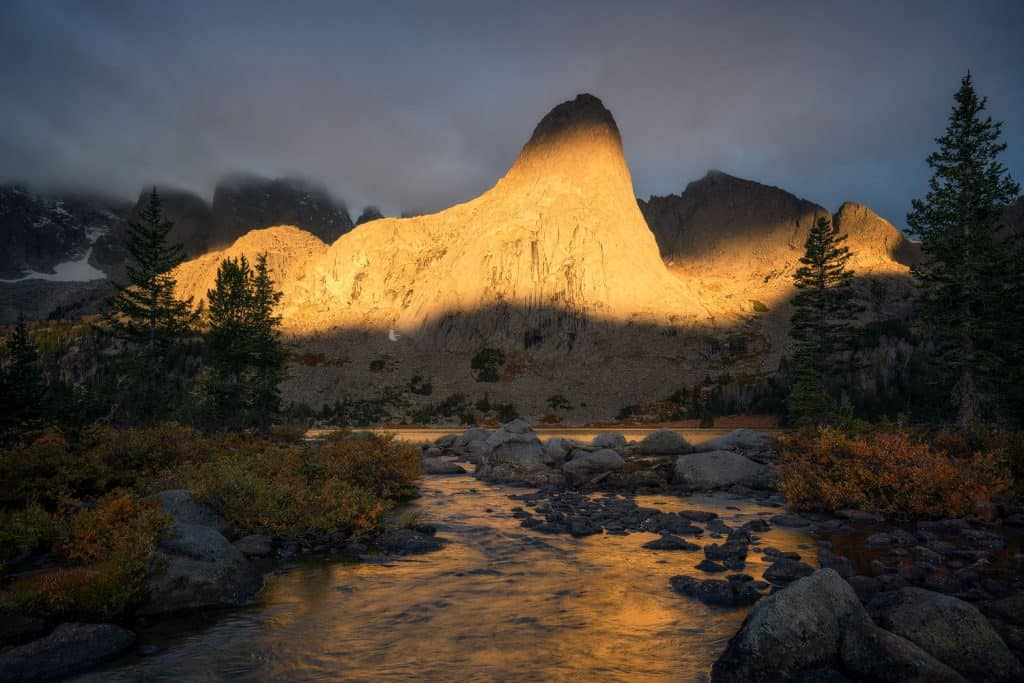
“Photography is a small voice, at best, but sometimes one photograph, or a group of them, can lure our sense of awareness.”
W. Eugene Smith
Seek Different Locations and Subject Matter
First, we will get the most obvious method of creating a diverse portfolio out of the way, which is by visiting different places. There’s nothing like seeing a collection of images from all over this big beautiful planet, which is an incredibly diverse place all on its own. I also love to see portfolios that demonstrate the artist’s skills across all different environments (forests, deserts, mountains, canyons, highlands, winter, summer, fall, etc.), showing that they can connect with a variety of different areas and compellingly present them. This is also a great way to challenge yourself and stretch your skills and keep photography interesting. If you find yourself always visiting the same places, maybe take a trip out to the coast, the forest, the mountains, or the desert for a change. Fly out to different countries where you can find unique landscapes that are exclusive to that area alone.
There is so much to see out there, and still plenty of places that have yet to be extensively photographed. This would be the next method, to visit places that other photographers haven’t already photographed or are not yet the latest hot spots. You can probably even find places like this not too far from your home. This will help to diversify yourself and stand out from the rest. If you cannot travel to different places, you can always photograph them in different ways, veering away from the popular and iconic photos that we always see.
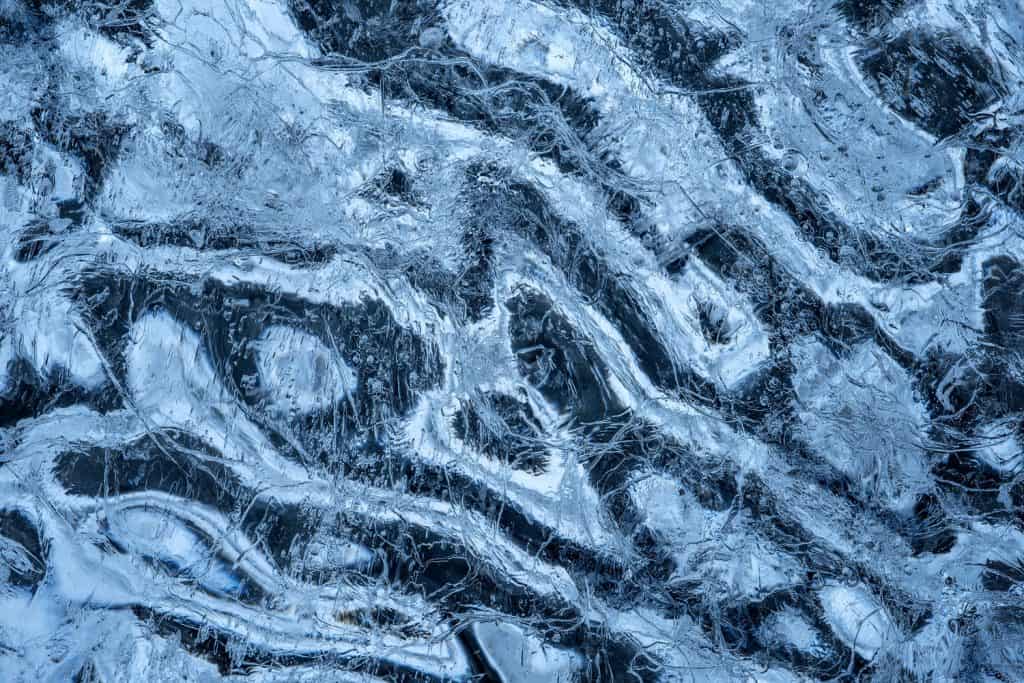
“Quit trying to find beautiful objects to photograph. Find the ordinary objects so you can transform it by photographing it.”
Morley Baer
Traveling to the same place over and over again also has its merits, as you can save a lot of money, and you are allowed more time to explore and build a deeper relationship with the area. In this case, to avoid having a monotonous, predictable, and repetitive body of work, you can focus on photographing the same place in different ways, by showcasing different lighting, colors, compositions, and subject matter. Try to create a new place all together in each photograph–create different shapes, patterns, and designs with the lines and colors around you–and stop thinking so literally.
“No great artist ever sees things as they really are. If he did, then he would cease to be an artist.”
Oscar Wilde
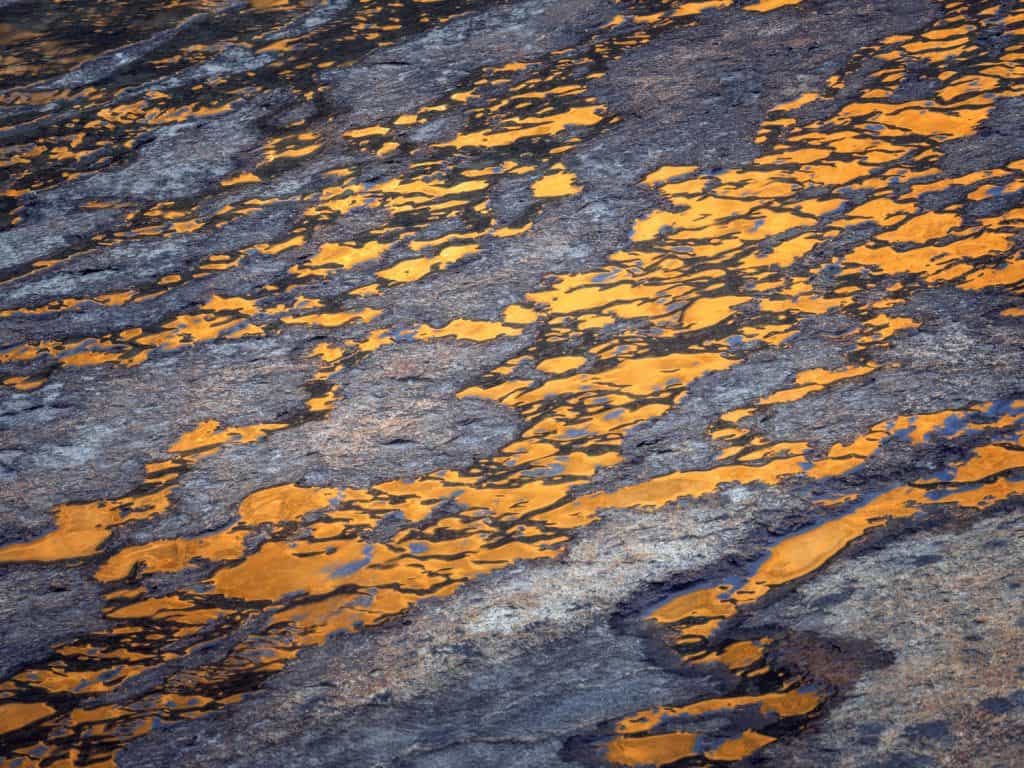
Compose Both Intimate and Wide Scenes
I love looking through a portfolio or body of work that contains scenes varying from grand, open vistas to intimate, subtle scenes, and feeling how each image affects me differently. Wide scenes of jagged mountains under dramatic skies fill me with excitement and awe, while a simple, elegant scene of fractal patterns in the sand fills me with a reverent sense of wonder. My emotions have space to breathe, and the tension followed by relaxation by the variedness of one scene to the next allows me to have a fuller, more complex experience.
As a photographer, I feel it is important not to get stuck doing the same trick over and over again and trying to repeatedly do what has been successful for yourself or others in the past. Not just for our sanity–to keep things interesting, continue to grow, and avoid burnout–but to have a well-diversified body of work as well. Every type of place, subject, light, hue, and weather that can be encountered requires unique attention and execution–both in the field and post-processing–to be best conveyed. Small, intricate details will be best featured by using a macro or telephoto lens, zooming in, and excluding everything else around them. A chaotic forest can be simplified in the same way, by dissecting it and breaking it down to individual parts and focusing on each one with a longer lens. Wider scenes of a subject that include supporting elements also deserve a place in every portfolio, as they can include important context, such as setting and scale, that elaborates more about the subject and where it resides.
Some of the ways you can create variety within your portfolio are by using different lenses, using a tripod or shooting handheld, different apertures to increase or decrease depth of field, shooting from the ground or in the air, and creating unique compositions instead of always placing your subject in the same area of the frame. The most important thing is that you never stick to a formula, that you don’t make any decisions for the photograph you will create until you are in the moment, face to face with the subject. It is important always to be open-minded so that you can make the decision of equipment you will use, vantage point, focal length, and settings, that will best suit the scene that you are capturing.
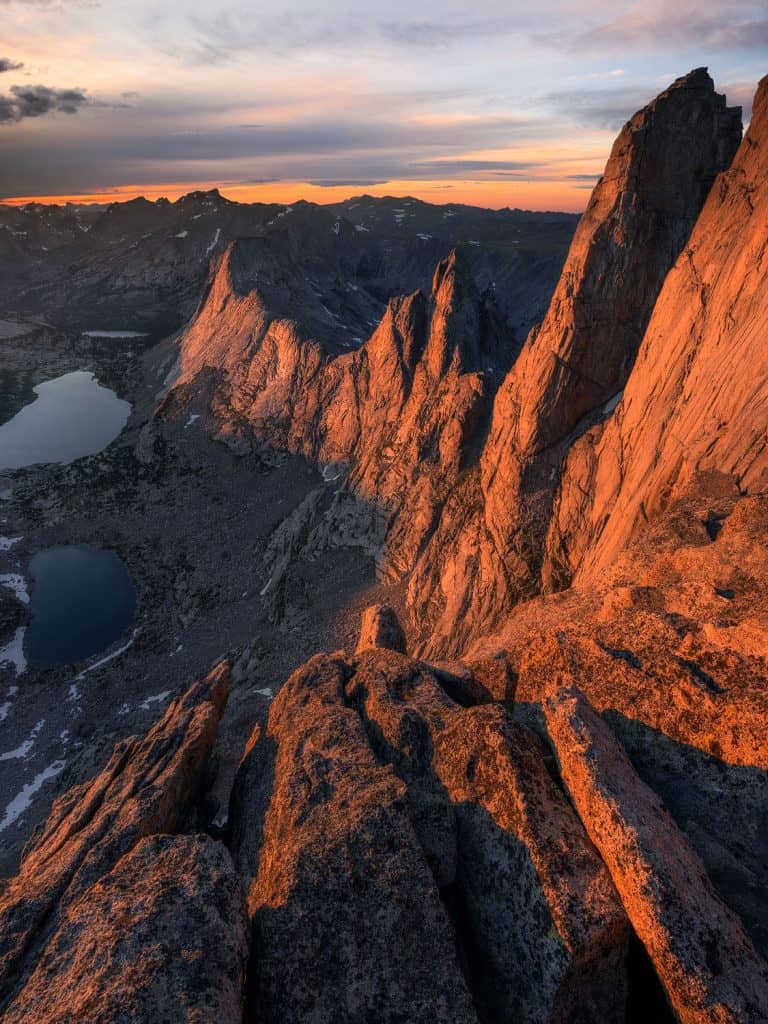
While I am in the field looking for scenes, I try first to observe my surroundings with an open mind, and clear my head of all preconceived judgments and ideas. I keep my equipment packed in my bag, and I just walk around through the landscape, looking in all directions. I try my best not to have any expectation of capturing a certain kind of scene–intimate, abstract, wide, etc.–so that I don’t become tunnel-visioned and miss out on something else that could be done. Once I find something that catches my eye, depending on its scale or what it is that I would like to showcase, I decide to either include or exclude other surrounding elements. I then pull out my camera and attach the lens that seems most appropriate and find the perspective that works best.
“Photography is an art of observation. It’s about finding something interesting in an ordinary place… I’ve found it has little to do with the things you see and everything to do with the way you see them”
Elliot Erwitt
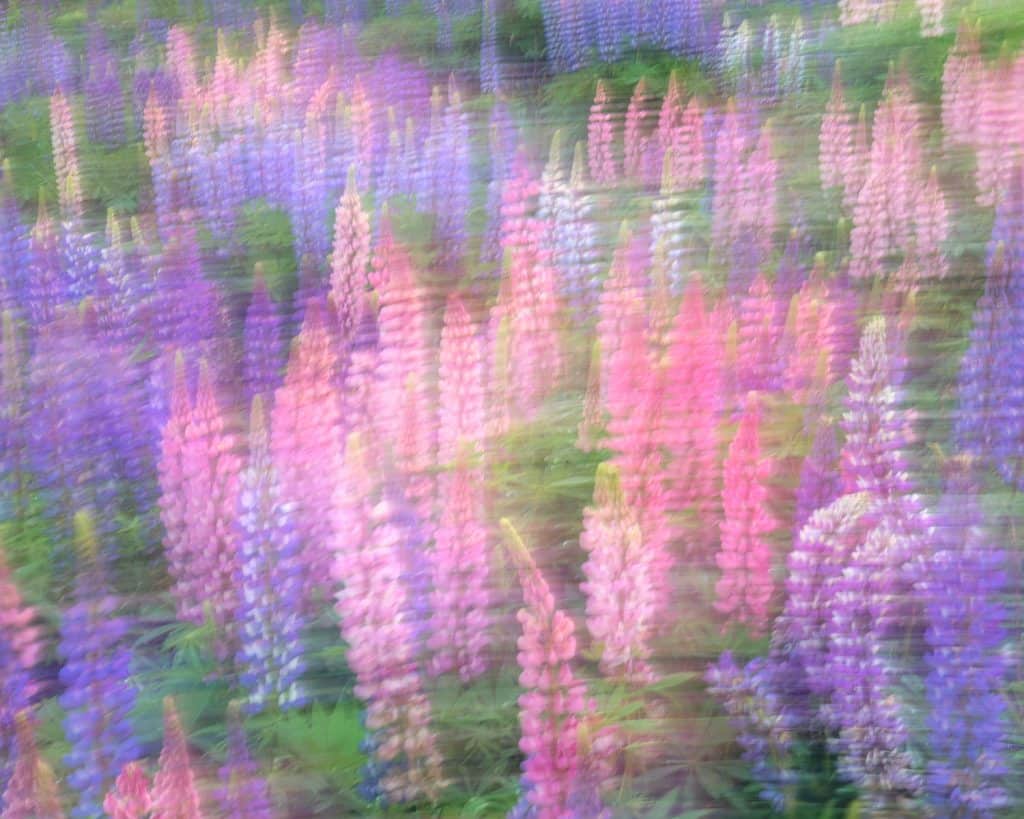
You cannot photograph all subjects in the same way, obviously, and yet I see many photographers that still insist on doing so. Most likely, when we do this, we are doing so out of the hope of repeating past successes we have had.
A personal experience I had comes to mind when I was first starting to photograph landscapes. It was summer, and I was in the mountains here in Utah, where carpets of colorful wildflowers surrounded beautiful lakes. I shot the scene by getting down low and close up to the flowers and with the distortion of a wide-angle lens, was able to enlarge the flowers while also somewhat exaggerating the size of the mountain peak in the background. On another occasion, I photographed a mud-cracked playa with distant hills in the same way, which also worked since it created more emphasis on the mud tiles and drew the viewer into the scene and led them to the subject. However, I found myself photographing everything that way for a while, including forest scenes, waterfalls, and anything else I encountered. Looking back at those images now, I can see that I wasn’t paying attention to the subject matter that I was photographing; instead I was trying to create the same image wherever I went. While it worked now and then, occasionally coinciding with the type of scene I was shooting, most of the time, it was not what would have worked best to draw the viewer’s attention to what I wanted them to notice.
I also see a lot of photographers that have the mindset that every subject has its set instructions of how it should be photographed. They believe that certain objects always call for a particular lens, lighting, or perspective, only because they haven’t seen something else done before. Limiting yourself to what everyone else is doing will stunt your growth, and inhibit you from being more imaginative and creating something new to share with the world. Photography will be more rewarding and fulfilling as long as you always seek to share your unique perspective or take on a subject.
“To create one’s world in any of the arts takes courage.”
Georgia O’Keeffe
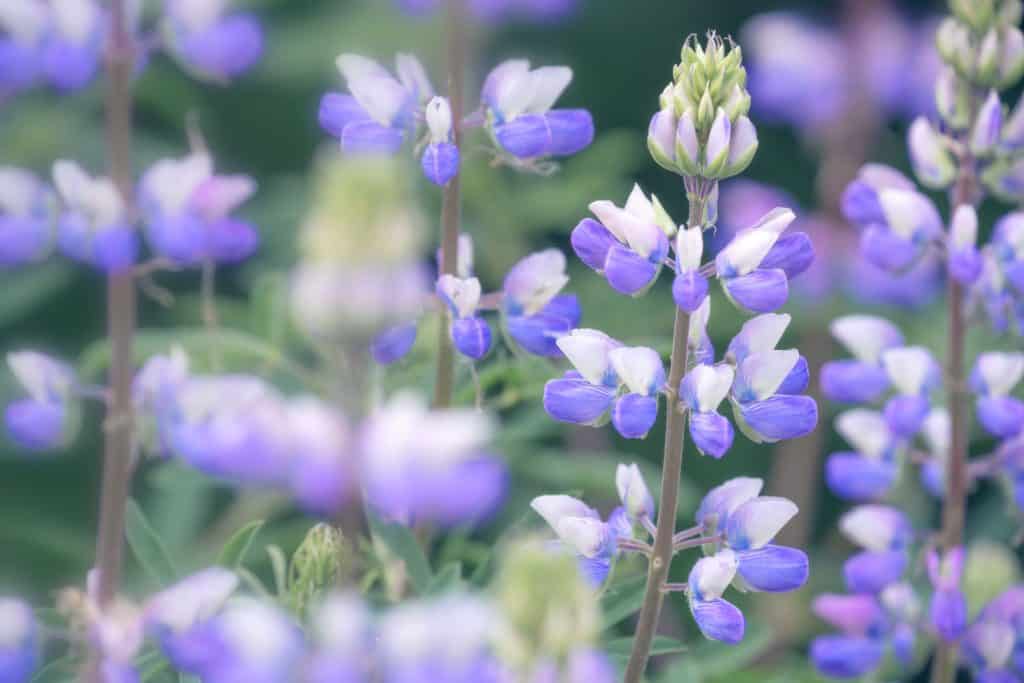
Be Open To Different Light
It is easy to get attached to a certain kind of lighting in your scenes when it has worked well before. Some popular examples would be backlighting, sunrise or sunset, or blue hour lighting in scenes. Each of these, when applied effectively, can have a profound effect on the mood or visual flow of an image, but many other types of lighting can be used as well, and may be even more effective or appropriate in certain scenes. Don’t trap yourself by sticking to the same kind of lighting over and over again whenever you shoot. Try to find ways you can utilize the light as it continuously changes throughout the day. The most important thing, like always, is to decide on the lighting that will work best in the scene you will be photographing, and wait for that.
Limiting yourself to a certain time of day to photograph can cause you to miss out on a lot of other scenes and opportunities to make equally compelling images. It will also make all of your images look very similar, even though they are of different places, subjects, and seasons. You should always be on the lookout for a scene that works well with the lighting happening at that moment. Allow the light to dictate what you shoot.
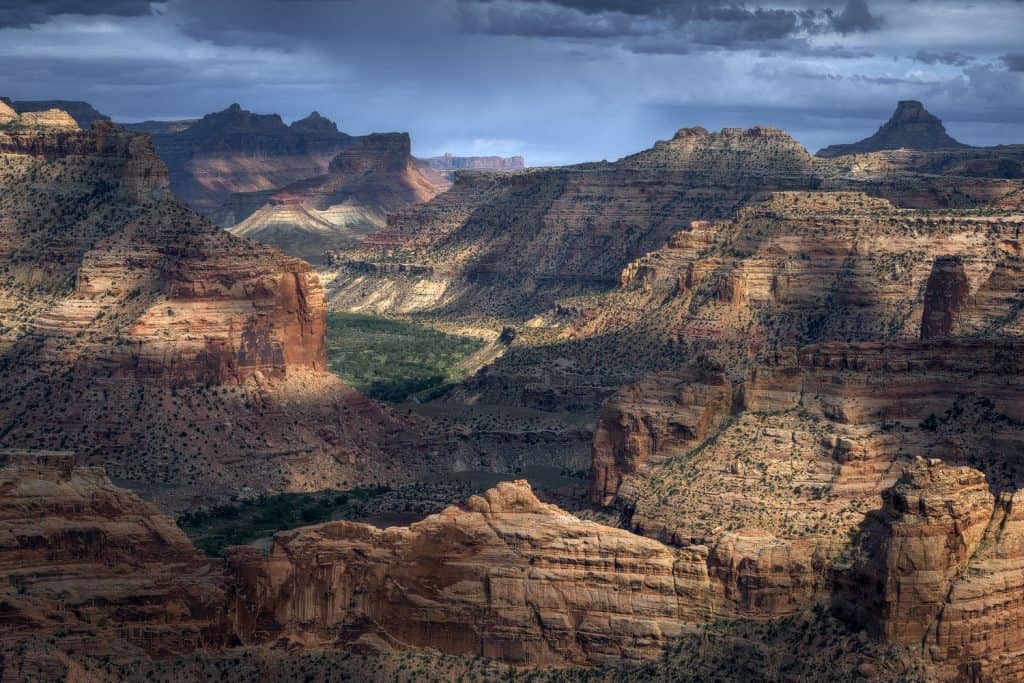
“Light makes photography. Embrace light. Admire it. Love it. But above all, know light. Know it for all you are worth, and you will know the key to photography.”
George Eastman
A lot of people tend to attribute the mood of a scene to the processing style of the photographer. I always explain to people that the mood of my scenes is a product of the lighting, which I photographed them in; that mood is only further enhanced later on in post-processing, it is not created. A dramatic scene will feel more dramatic if following a calmer scene, and vice versa. Having different moods will make them enhance one another since each image will be contrasted and stand out from the next. Having images with different moods throughout your portfolio is another great way to retain people’s attention and prevent them from getting visually fatigued.
Learn ways that you can utilize all different kinds of light effectively, this way, your portfolio will contain bright scenes as well as dark scenes, high contrast scenes as well as softer scenes, scenes where you are looking into the light and scenes where it is illuminating the landscape. There is no such thing as poor lighting, only poor uses of lighting.
“Wherever there is light, one can photograph.”
Alfred Stieglitz
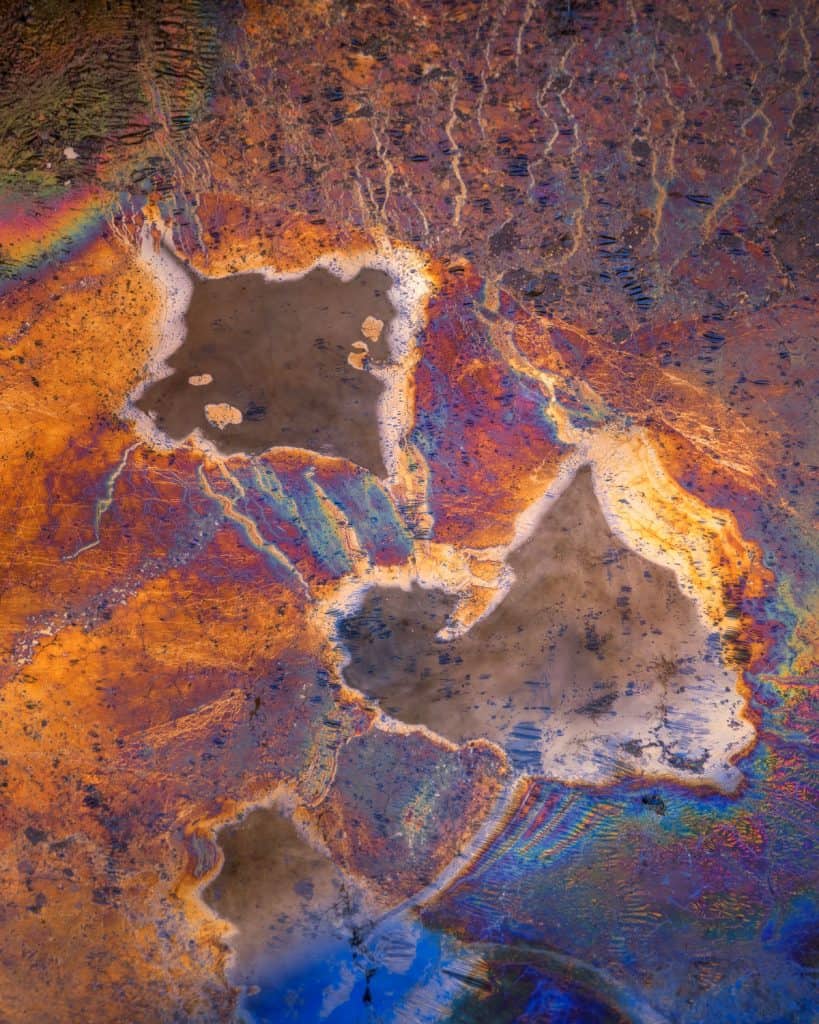
Vary Your Influences
Getting inspiration for your artwork is extremely important, be it from other artists in your field, visual artists from different fields (painters, wildlife photographers, portrait photographers, graphic designers, anyone making art), nature, literature, music, or personal experiences. A great way to diversify your portfolio is by seeking inspiration and influence from all different sources. A lot of the inspiration for my work comes from books I read about biology, history, biographies, and adventures, that moves me to tell similar stories from my own life but through imagery instead of words. Surround yourself with inspiration from all different sources and mediums and, inevitably, the work you produce will be diverse as well.
I closely follow the work of a very diverse list of photographers, which you can see here if you are also looking for quality inspiration: www.bennettfilm.com/Inspiration
Utilize Both Color and Monochrome
When looking at small image thumbnails–on Instagram profiles, website galleries, or catalogs–what stands out the most are the colors in each scene. I love seeing a set of thumbnails or an art gallery with a broad range of hues, with warm and cool scenes dispersed evenly, and not dominated by a single color temperature or hue. Of course, in some cases, it can be more powerful to have a gallery of a single color, or all black and white, if that is the point you are trying to make. Still, in a body of work, showing all of your images throughout the years, I think it is very visually pleasing to have a wide variety of colors represented since they will affect the viewer in different ways and provide for a less monotonous, fuller viewing experience.
The color in your scenes will depend on the places you visit, for example, green forests or orange deserts, as well as the lighting that you shoot in–sunlight creates vibrant, warm colors, shade creates cooler, less saturated colors. It is important to pay attention to these things while you are shooting in the field so that you can either include contrasting colors, or feature one single color and exclude the others. While a lot of colorwork can be done in post-processing, if you hope to have natural-looking images, you will need to be mindful and make most of the color selection in the field.
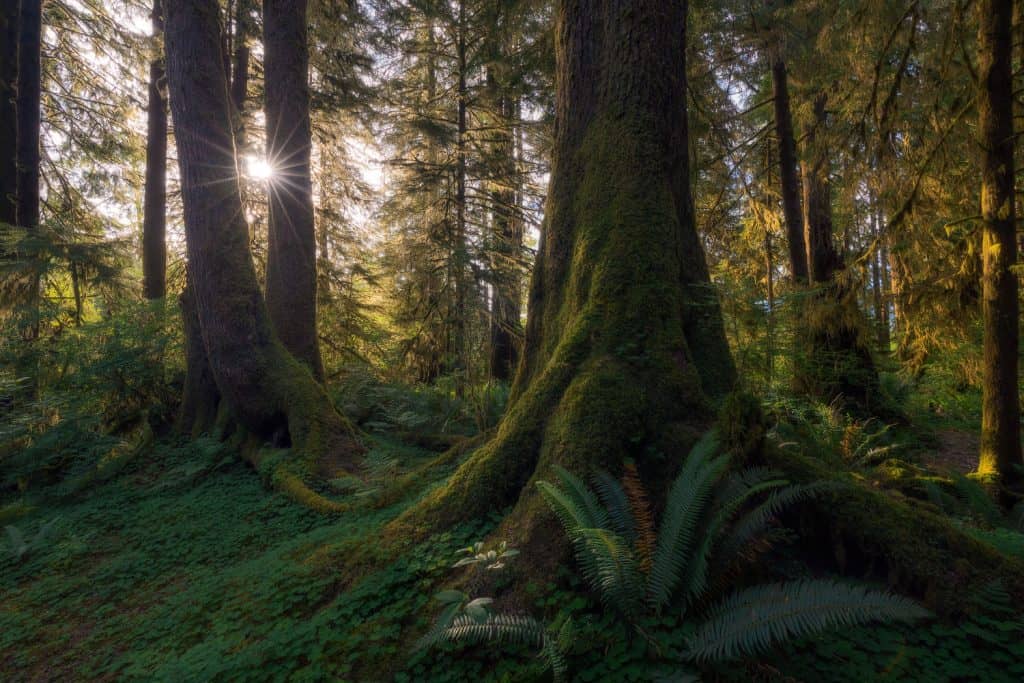
Predominantly warm images elicit different emotions and moods than cool images do; warm colors advance towards the viewer, while cool colors recede and pull the viewer in. This push and pull effect is a great way to create a compelling viewing experience that will keep people interested while looking through your galleries. I always make it a point to alternate warm and cool images with one another and spread them out evenly in my gallery to avoid visual fatigue–as a series of repeatedly warm images tend to be overwhelming–so that the viewer has moments to rest and doesn’t feel like they are looking at the same thing over and over again.
Another way to achieve variety through color is to feature both colorful, complex palettes as well as simplified, monochromatic palettes. Certain scenes will benefit from either one depending on the subject matter and the mood you wish to convey. A simplified color palette can draw more attention to details, patterns, shapes, and designs, instead of color, while a color palette showcasing several different hues and tones will keep the eye bouncing throughout the scene and draw more attention to the colors therein. I think it is great when a photographer is capable of working with both multicolored and simplified palettes, as they each have their challenges.
Having color images as well as black & white images is another great way to create variety within your portfolio, similar to monochromatic scenes. A black & white image causes the viewer to focus more on lines, shapes, and lighting more than a color image does, as it strips the photo down to its most basic elements. Black & white images can convey an entirely different mood than color photographs as well, allowing the viewer to have a short break from all of the color in your portfolio and be able to more fully enjoy the other visual elements without any distraction. If you are going to create a black & white image, it must be appropriate for the scene, and will always turn out better if you make this decision beforehand while shooting in the field, not just as an afterthought while post-processing. I admire a photographer that is capable of creating compelling scenes where they do not rely on color, as well as being able to manage an extensive color palette. This is something that I am still working on myself, as I have found that I tend to heavily rely on color in the majority of my own images. What can I say? I like color, so sue me!
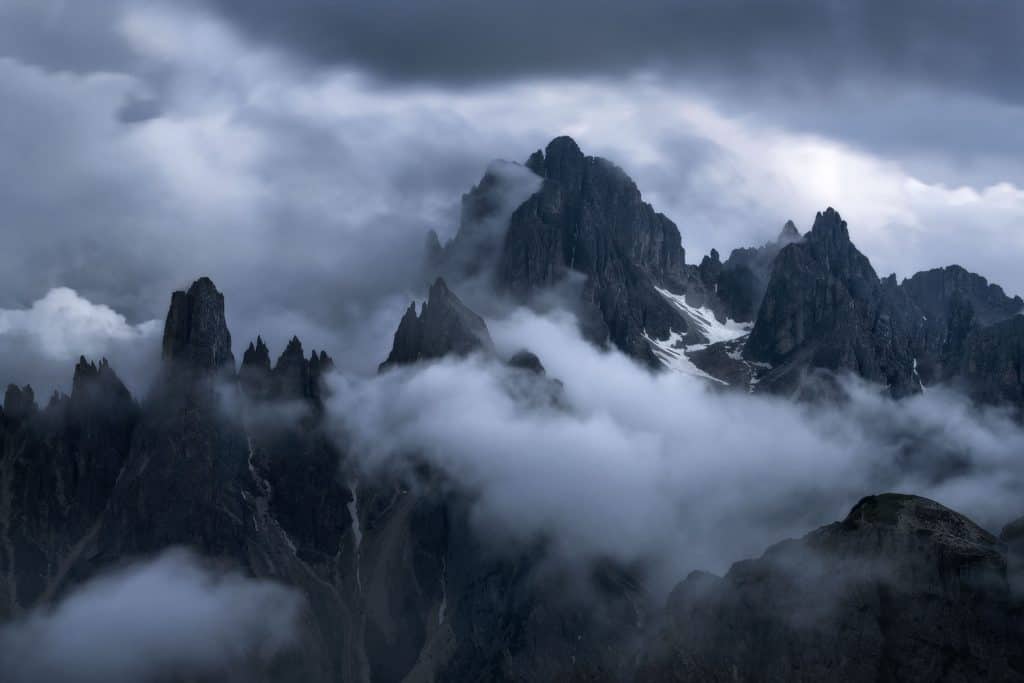
Some examples that I have seen of photographers that have done a good job at mixing color and black & white images in their portfolios are: Guy Tal, Marc Adamus, Sarah Marino, Jimmy Gekas, William Neill, Jennifer Renwick, and Charlotte Gibb. It’s really impressive to see them execute both kinds of photographs equally well.
Curate Constantly
During this time, dealing with the restrictions of the coronavirus pandemic, I know it is most likely not possible to go out and shoot new images to add to your portfolio. However, this is an excellent opportunity to spend time going through your portfolio and do some curation. Remove scenes that feel redundant, such as scenes that are very similar to others but not executed as well, try to only keep the single best image of each particular subject or perspective. I find that when there are very similar images in a portfolio, like two versions of the same scene, they actually take away from one another and dilute their potential impact. It is much better just to keep the best and lose the rest.
Try to judge each image in your portfolio objectively, putting your personal feelings for them aside for a moment. Sometimes we feel a strong connection or affection for a scene because we can remember a wonderful, special experience we had in that moment. This is great, and hopefully, we feel it for every image we have in our portfolio, but a lot of times, it can cause us to overlook the flaws or poor quality of a photograph. Be as honest with yourself as possible. You must be able to still see if the image was done well or not and if you were able to achieve what you wanted to. Does it have a clear subject? Is the idea you wanted to convey felt through the scene? Is it balanced? Is it a necessary addition to your body of work? Having images in your portfolio that do not measure up to the rest will take away from them, and bring down the overall quality of your portfolio.
Ultimately, if you wish to have a diverse portfolio, it will come from approaching and handling each scene that you hope to capture uniquely–not falling into formulas or routines. Let the light, weather, subject matter, and your imagination dictate the way you compose and process each scene.
Like I mentioned before, it is also important to diversify yourself from the rest of the photographers in the world. This way, you are contributing something unique and meaningful, sharing your own message and voice, instead of just following trends. This will not only make you stand out–as people will appreciate your work much more–it will make photography more enjoyable, and you will find deeper meaning and satisfaction in pursuing it.




